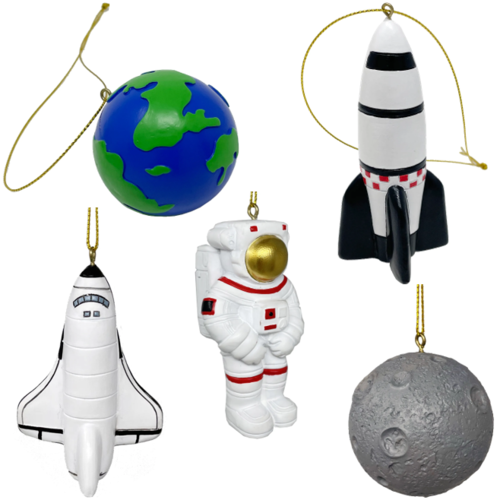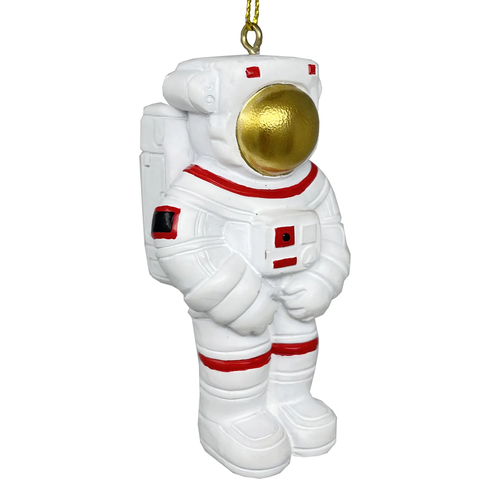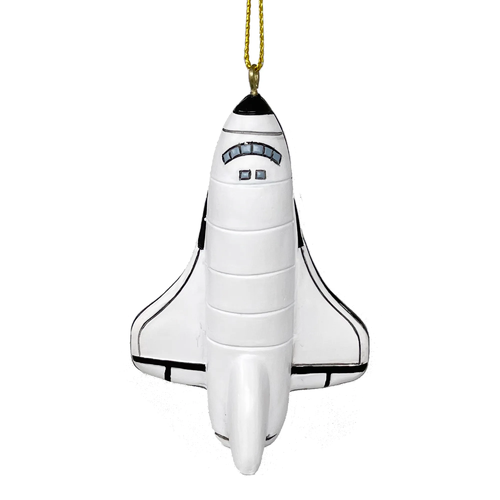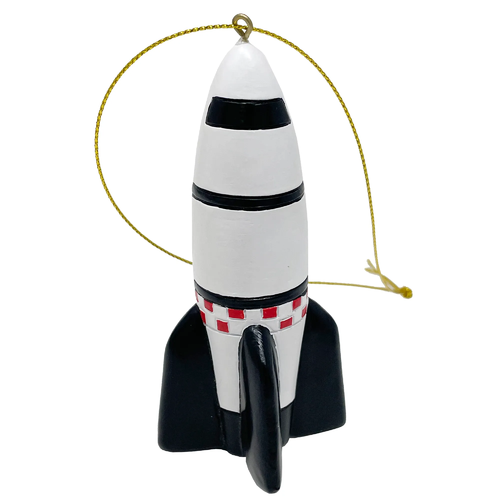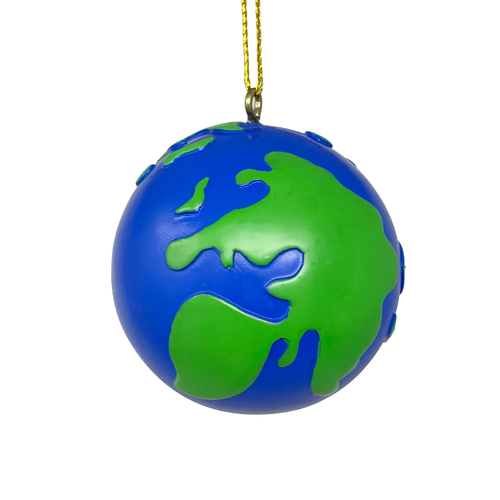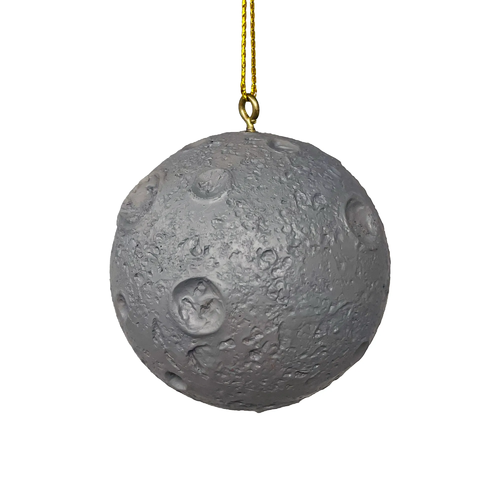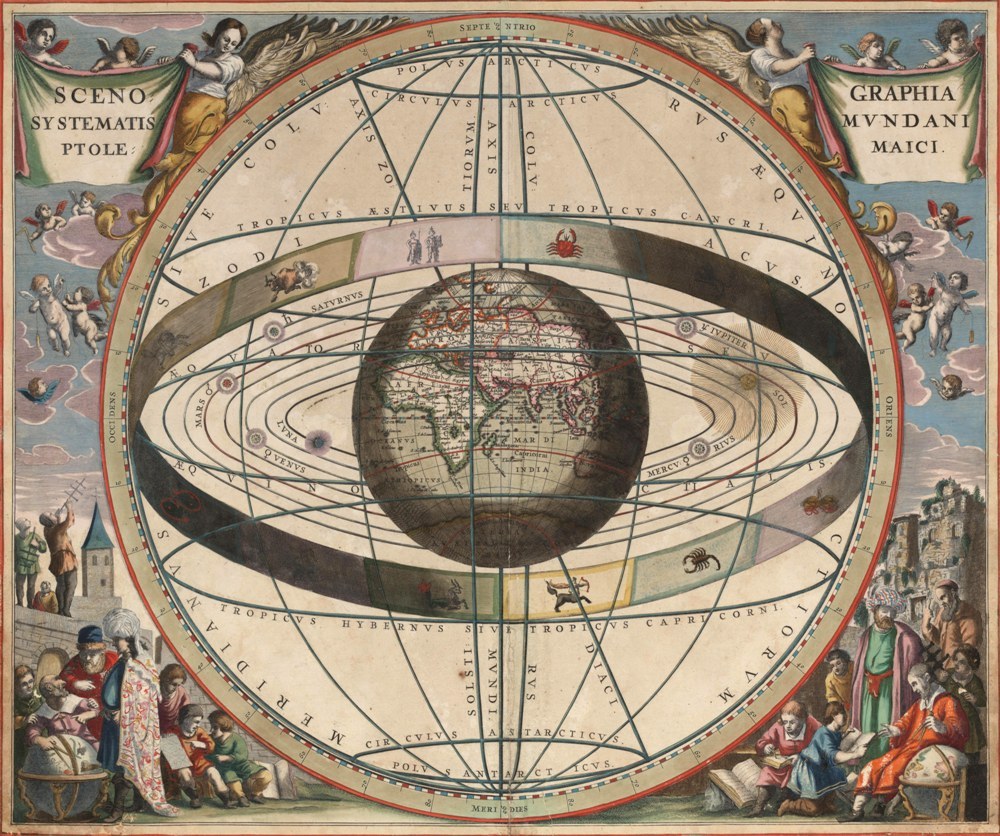Home page Gifts, toys, education Resin figures
Resin figures
5 resin figures, space travel, earth, moonProduct no.: es21x-5Five toy figures of resin, decoration for hanging: astronaut, space shuttle, rocket, earth, moon, 7 to 15 cm tall
Delivery weight: 1.1 kg
|
Astronaut with space suit 7,5 cm resinProduct no.: es2117.5 cm high toy astronaut in an outboard spacesuit made of resin for hanging, decoration with cord
Delivery weight: 250 g
|
Space Shuttle (NASA) 7,5 cm resinProduct no.: es2127.5 cm tall NASA Space Shuttle toy figure made of resin for hanging, decoration, ornament with cord
Delivery weight: 250 g
|
Space rocket 10 cm resin figureProduct no.: es21310 cm tall space rocket toy figure made of resin for hanging, decoration, ornament with cord
Delivery weight: 250 g
|
Blue planet Earth 5 cm resin figureProduct no.: es214Our blue planet Earth, 5 cm high resin, toy figure for hanging, space decoration with cord
Delivery weight: 250 g
|
Moon of the Earth 5 cm resin figureProduct no.: es215The Moon of the Earth, 5 cm high resin, toy figure for hanging, space decoration with cord
Delivery weight: 250 g
|
Net prices without VAT or delivery
|
Toy figures/ornaments of resin for hanging, 5 to 10 cm size, Earth, moon, rocket, space shuttle, astronaut |
Geocentric systemThe Ptolemaic view of the world is a geocentric view of the world based on the Aristotelian assumption that celestial bodies can only move at constant speeds on circular paths. It was elaborated by Claudius Ptolemy (ca. 100-160 AD). His work Mathematices syntaxeos biblia XIII established this geocentric world view in Europe for almost 1500 years. A challenge to the geocentric world view with its assumption of exclusively uniform circular movements around the Earth are the irregularities of the movements of the Sun, Moon and planets observed in the sky against the background of the stars. Mercury and Venus periodically overtake the sun and then fall back again, while retrograde movements occur in the outer planets (Mars, Jupiter Saturn) whenever they are opposite the sun. This phenomenon, also known as retrograde motion, leads overall to an apparent looping motion of the planet from the Earth's perspective. To reconcile these observations with the geocentric view of the world, it was assumed that the celestial bodies in question move along a combination of several circular paths. They then move in a small circular orbit (epicycle) around a point, which in turn orbits on a larger circle (deferent). However, this movement does not take place at a constant speed, and the Earth is not exactly in the centre of the deferent. For better agreement with the observations, Ptolemy assumed two further points at the same distance from the centre of the deferent, the eccentric and the equant. The earth is in the eccentric, from the equant the movement on the deferent appears to be uniform. Thus, the planetary orbit observed from the Earth appears as a superposition of these movements. In some cases, further orbits around these circles were then modelled. Calculations within this model were very complicated. By using a total of about 80 such orbits, Ptolemy was able to harmonise the geocentric world view with the observations of planetary movements that were possible at the time. However, with an optimal choice of parameters, a system with only nine epicycles could have achieved a comparable accuracy. Picture: Ptolemaic system. Jan van Loon. 1660 |







